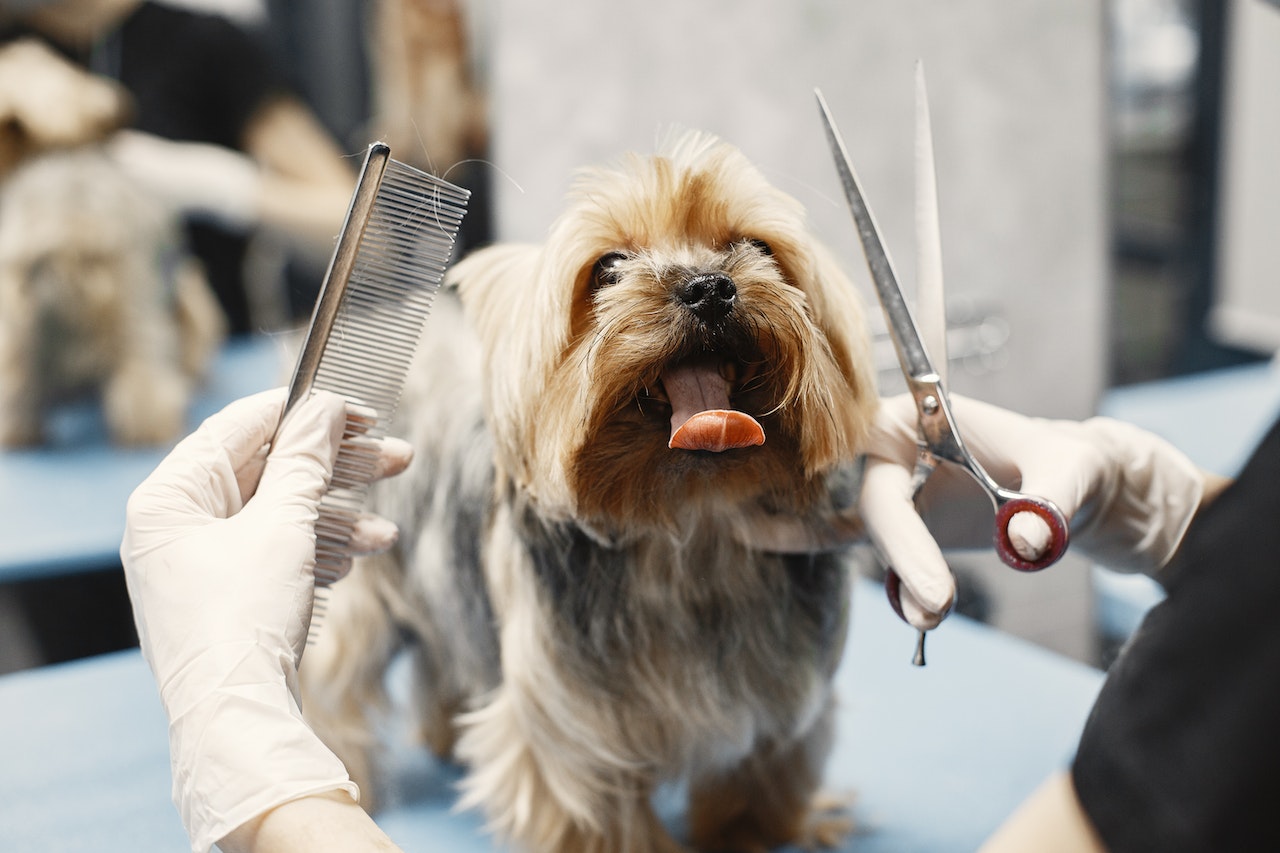
Introduction: Regular grooming is an essential aspect of pet care that keeps your furry friend looking adorable and promotes their overall health and well-being. Whether you have a dog or a cat, understanding and implementing the best grooming techniques can make the process enjoyable and stress-free for both you and your pet. In this blog post, we'll explore some of the top techniques for pet grooming that will help keep your beloved companion looking and feeling their best.
Brushing: Brushing is a fundamental grooming technique that helps remove loose fur, prevents matting, and promotes a healthy coat. The type of brush or comb you use will depend on your pet's specific coat type. Here are a few key brushing tips:
1. Use a slicker brush for dogs and cats with medium to long hair, gently brushing in the direction of hair growth to remove tangles and debris.
2. For short-haired pets, a bristle brush or grooming glove can be effective in removing loose fur and stimulating the skin.
3. Be patient and gentle, especially when dealing with sensitive areas. Reward your pet with treats and praise to create a positive association with brushing.
Bathing: Bathing your pet helps keep their coat clean, controls odors, and removes dirt and allergens. Here are some bathing techniques to follow:
1. Use a pet-friendly shampoo formulated for your pet's specific needs, such as sensitive skin or flea control.
2. Before bathing, brush your pet's fur to remove any loose hair or tangles.
3. Use lukewarm water and make sure to thoroughly rinse out the shampoo to avoid skin irritation.
4. Towel-dry your pet after the bath, and if needed, use a pet-safe hairdryer on the lowest heat setting to prevent overheating.
Nail Trimming: Regular nail trimming is vital to maintain your pet's comfort and prevent painful issues like overgrown nails or nail breakage. Follow these steps for safe nail trimming:
1. Use specially designed pet nail clippers or a grinder to trim the nails.
2. Be cautious and trim a small portion of the nail at a time to avoid cutting into the quick, which can cause bleeding and pain.
3. If you're unsure about nail trimming, seek guidance from a professional groomer or your veterinarian.
Ear Cleaning: Proper ear cleaning helps prevent ear infections and keeps your pet's ears healthy. Follow these guidelines:
1. Use a veterinarian-recommended ear cleaner and gently wipe the outer part of your pet's ears with a soft cloth or cotton ball.
2. Avoid inserting anything deep into the ear canal to prevent injury.
3. If you notice excessive wax buildup, redness, or signs of infection, consult your veterinarian.
Teeth Brushing: Maintaining good dental hygiene is crucial for your pet's overall health. Get started with these teeth brushing tips:
1. Use a pet toothbrush and toothpaste formulated for animals. Never use human toothpaste, as it can be toxic to pets.
2. Gradually introduce tooth brushing to your pet, starting with just a few seconds and gradually increasing the duration.
3. Focus on the outer surfaces of the teeth, using gentle circular motions.
4. Reward your pet with praise and treats to reinforce positive behavior during teeth brushing sessions.
Conclusion: Grooming your pet enhances their appearance and plays a crucial role in their health and happiness. By following the best grooming techniques outlined in this blog post, you can ensure that your furry friend stays clean, comfortable, and looking their best. Remember to approach grooming with patience, positive reinforcement, and love to create a positive experience for both you and your pet. If you're uncertain about any aspect of grooming, don't hesitate to seek guidance from a professional at EZeels.